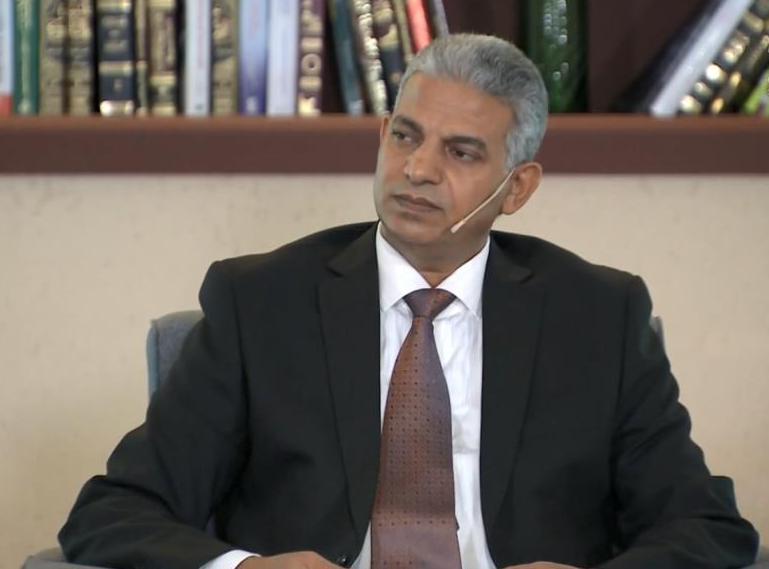ملخص :هدف البحث الحالي الى دراسة وتحليل واقع الأمن التربوي للأطفال، في إمارة الشارقة بدولة الإمارات العربية المتحدة، وتم إختيار عينة طبقية عشوائية من أعضاء هيئة التدريس بجامعة الشارقة، ومن أولياء الأمور المواطنين في إمارة الشارقة، حيث طبق على (435) مستجيب إستبيان تكون من سبعة محاور، منها ستة محاور تضمنت (56) فقرة عن أبعاد الأمن التربوي للأطفال، أما المحور السابع فتضمن سؤال مفتوح عن معوقات تحقيق الأمن التربوي للأطفال، وتوصلت الدراسة الى تأكيد عينة البحث على أهمية الأمن التربوي للأطفال بنسبة موافقة(93.56% )، كما أوضحت نتائج البحث أن ما تقوم به المنظمات التربوية في الواقع لتحقيق الأمن التربوي للأطفال محدود جدا، حيث جاءت الأسرة في المرتبة الأولى بنسبة موافقة (50.34%)، والمدرسة في المرتبة الثانية بنسبة موافقة (40%)، كما حاز الشارع على نسبة موافقة (23.45%)، ثم جاء المسجد بنسبة موافقة (20.46%)، ثم جاء الاعلام في المرتبة الأخيرة بنسبة موافقة (15.63%)، وتوصل البحث إلى أن هناك فروق ذات دلالة إحصائية عند مستوى (p ³ 0.05) بين أعضاء هيئة التدريس والأسر المواطنة بالنسبة إلى أهمية الأمن التربوي للأطفال، لصالح أعضاء هيئة التدريس، وتوصل البحث إلى أنه لا توجد فروق ذات دلالة إحصائية عند مستوى (p ³ 0.05) بين أعضاء هيئة التدريس والأسر المواطنة بالنسبة لدور كل من الأسرة و المسجد في تحقيق الأمن التربوي للأطفال، كما توصل البحث إلى وجود فروق ذات دلالة إحصائية عند مستوى (p ³ 0.05) بين أعضاء هيئة التدريس والأسر المواطنة، بالنسبة لدور المدرسة والاعلام في تحقيق الأمن التربوي للأطفال ولصالح الأسر المواطنة. وقدم الباحث توصيات يمكن أن تفيد في تحقيق الأمن التربوي للأطفال.
Abstract:
This research aimed to examine the reality of educational safety of children in Sharjah, United Arab Emirates. A random stratified sample was selected from the faculty members of Sharjah University and UAE parents. Four-hundred thirty five (435) participants were surveyed. They responded to a questionnaire which consisted of seven components, six of which included (56) statements about educational safety of children. The seventh component was an open–ended question related to the obstacles of achieving the educational safety of children. The study confirmed the importance of the educational safety of children with an agreement percentage of (93.56). The study also found out that the contribution of educational organizations to achieving educational safety of children was very limited. The family came first (50.34%) followed by the school (40%), the street (23.45%), the mosque (20.46%) and the media (15.63%), respectively. The study also revealed that there were significant differences at (p≤0.05) between the faculty members and the UAE parents regarding their views of the importance of educational safety of children in favor of the faculty. Furthermore, the study indicated that there were non-significant differences at (p≤0.05) between the faculty members and the UAE parents regarding their views of the role of the family and mosque in achieving educational safety of children, The study also indicated that there were significant differences at (p≤0.05) between the faculty members and the UAE parents regarding their views of the role of school and media in achieving educational safety of children in favor of UAE parents. The study concludes with a number of recommendations that can prove useful in achieving educational safety for children.

